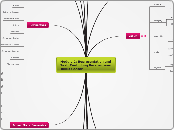jonka Gary Johnson 12 vuotta sitten
377
Thatcher and the Miner's Strike
The period leading up to the 1984 Miner's Strike in the UK was marked by significant class conflict and increasing militancy among workers, particularly within the National Union of Mineworkers (









